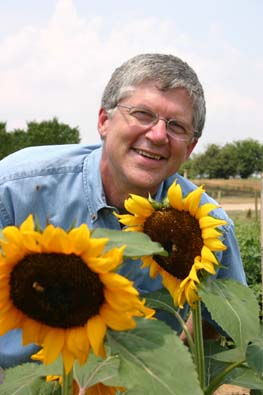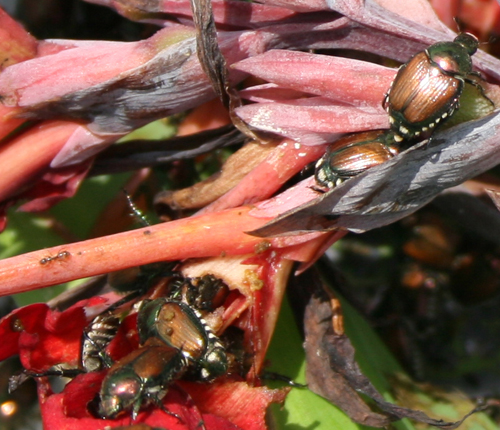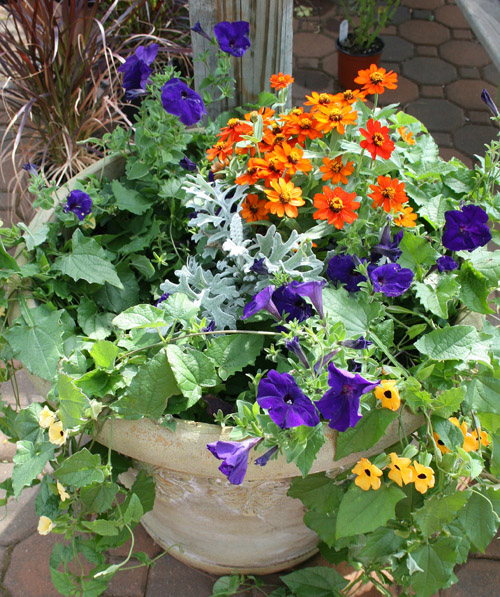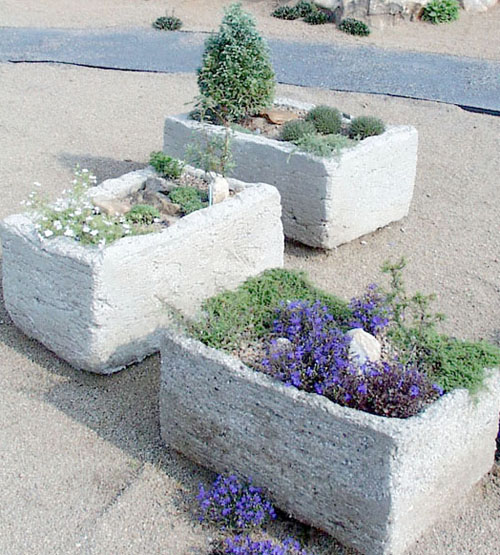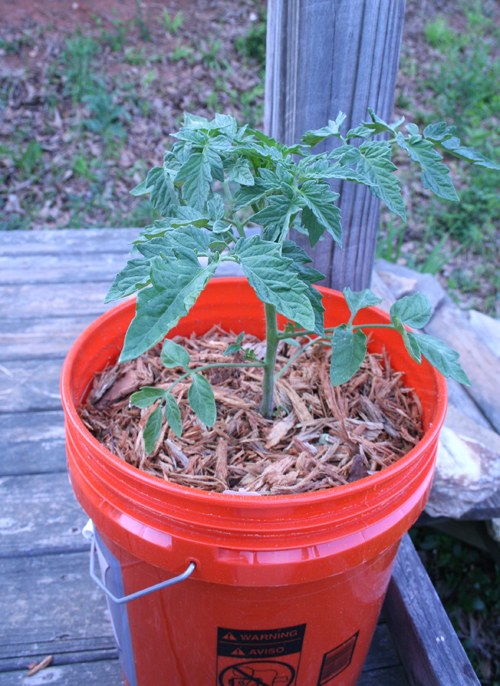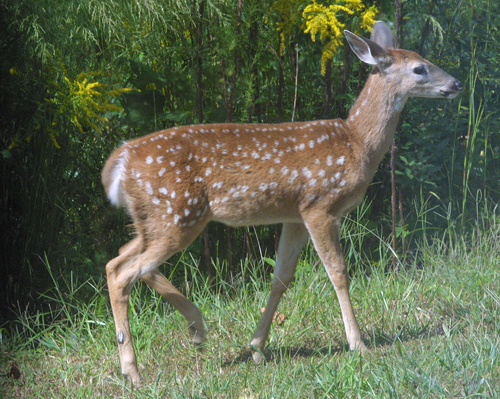 CAES News
CAES News
Deer-tolerant Plants
Spring is the perfect time to add new flowers and trees to your home landscape. However, deer may love the new addition as much as you do.

